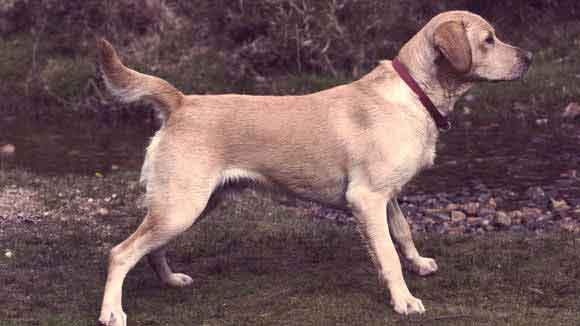It's National Dog Bite Prevention Week, and while we touch upon the subject a few times a year, it is very important!
Many people claim that dog bites are unpredictable, but the truth is that dogs give many warning signals before they bite. As a responsible dog owner, you must know the signs -- no matter how subtle!
Dog Bite Facts:
- Each year, more than 4.5 million people in the U.S. are bitten by dogs.
- Almost 1 in 5 people bitten by dogs require medical attention.
- Every year, more than 800,000 Americans receive medical attention for dog bites; at least half of them are children.
- Children are the most common victims of dog bites and are far more likely to be severely injured.
- Most dog bites affecting young children occur during everyday activities and while interacting with familiar dogs.
- Senior citizens are the second most common dog bite victims.
WARNING SIGNS:
Growling & Snapping. Growling and snapping are probably the most obvious signs that a dog is about to bite. Dogs growl or snap to let you know they are unhappy or uncomfortable.
Raised Fur. When dogs are afraid or overly stimulated, you may see the hair on their backs stand up. If you notice a dog has his hackles raised, it's a signal that he needs you to back off.
Tail Wagging. Did you know a dog doesn't just wag it's tail when happy? Notice the way your dog wags their tail. A happy dog may wag their tail and get the whole body involved. A dog who is about to bite is usually fairly rigid, and the tail will be pointed high and move quickly back and forth.
Stiff Body Posture or Freezing. Watch out! Freezing is often a last-ditch attempt to tell you to back off. Dogs typically freeze right before they snap or bite.
Yawning is often mistaken for contentment. The dog is surrounded by kids, and he lets out a big yawn. Isn’t that sweet? Nope, it’s a sign that he’s in a little over his head and would appreciate your help.
Dogs engage in these behaviors, including turning their head to advert their gaze, to let you know they are uncomfortable with something going on around them. A dog who is uncomfortable, afraid, or stressed is more likely to bite.
Cowering and Tail Tucking. Cowering and tail tucking are signs of fear. While fearful dogs don't always bite, fear does increase the likelihood. If you encounter a dog who cowers away from you with their tail tucked between their legs, back off. Let the dog approach you in his or her own time, and they will be less likely to feel the need to bite to defend themselves.
Seeing the Whites of the Eyes. Also known as "whale eye," this is a sign of anxiety in dogs. Again, this doesn't necessarily mean that a dog is about to bite, but anxious dogs are more likely. If you see a dog showing the whites of his or her eyes, it's a good idea to give the pup some space until they feel more relaxed.
__________________________________________________
Help prevent biting or lashing out by avoiding situations that often make dogs uncomfortable. Avoid surprising your dog, especially while they are asleep, as they may react instinctively and bite. Do not approach a tethered dog or a dog that is chewing on a bone; even if you know the dog well, they may become defensive.
By keeping your dog comfortable and watching for these warning signs, you can help prevent your dog and others' pets from biting. Though they may be subtle, these signs are a dog’s way of telling us how they are feeling. If you watch for them, you can become more in tune with your dog’s likes, dislikes and overall well-being!
Source: AVMA
Source: AVMA










This comment has been removed by a blog administrator.
ReplyDeleteThis article gives the light in which we can observe the reality. This is very nice one and gives indepth information. Thanks for this nice article. dogs hair standing up on back
ReplyDeleteI would recommend my profile is important to me, I invite you to discuss this topic. dogs with strongest bite force
ReplyDelete